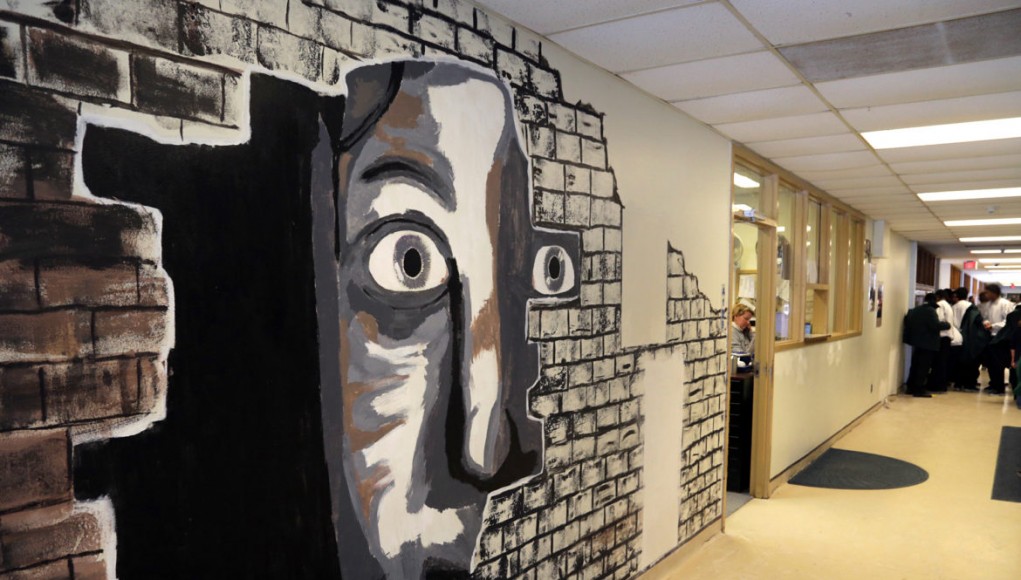Governor Walker wants to see the timeline for the closing of the Lincoln Hills and Copper Lake juvenile correctional facilities moved up to this year.
In December, Walker surprised many by saying he would seek to shut down the youth correctional facilities and implement a new structure for how juvenile corrections is handled in Wisconsin.
Originally, Governor Walker wanted the shutdown and subsequent building of new facilities to house teen offenders to be part of the 2019 State budget. But now, Walker is seeking to move up that timeline to this year and is already in the process of determining what a new set of juvenile facilities would look like.
Governor Walker has instructed the Department of Administration to choose an architecture firm to render concepts on five juvenile facilities that will be spread across the state.
In the meantime, Governor Walker’s office told Madison365 that he wants to see bipartisan corrections reforms passed this year.
To that end, several concerns and ideas have been floated from both sides of the aisle about what the new juvenile system and facilities should encompass.
Governor Walker borrowed from proposed legislation from Representative Evan Goyke (D-Milwaukee) for what he’d like the new juvenile structure to look like. That would call for several smaller facilities housing up to 30 kids with each facility focused primarily on treatment, rather than punishment.
Assembly Speaker Robin Vos indicated last week that he would like to see the kids from Lincoln Hills be sent to facilities run by individual counties. Vos pointed to places like Racine Juvenile Detention Facility in his native Racine County as being both a model for housing and being places he said helped lower recidivism of correctional youth.

“There are other options out there besides having a kind of model that is state run,” Vos told reporters on Tuesday. “We just met with the Counties Association. There are county-run facilities where years ago, like in Racine, they chose not to send kids to Lincoln Hills but to keep them in the county-run facilities. That comes at a lower cost and has better outcomes and lower recidivism. So if we can look and say wow they can do it at a lower price with better outcomes than the model that we have currently, I’d like to at least explore that and increase the chances those kids don’t recidivate and end up back in the same facilities.”
Vos says that the county facilities run like juvenile correctional facilities but are under the umbrella of Human Services, thereby having staff trained in mental health areas, not just corrections. Vos said the goal is to somewhat punish kids for their crimes but mostly the goal is to reform troubled youths so that they don’t return to the system.
With the Department of Administration preparing to choose a firm to design models for facilities, one question still remains unanswered or, at least, unexplored: Who will be in charge of these facilities?
Will they be state run? Will they be county run? Or, will they perhaps be privatized?
The concept of private, for-profit prisons has been a source of debate and controversy in the past in Wisconsin. With adult prison capacity at 130 percent, the idea that new, private facilities could be built has long been a fear of Democrats around the state, and was briefly floated by Department of Corrections Secretary Jon Litscher.
Now, with the Governor asking for five juvenile facilities to be built, some have already felt at least a tinge of worry about privatization.

“I’m always worried about privatization of these facilities but that word hasn’t yet been uttered by any Republicans that I’ve heard,” Representative Evan Goyke told Madison365. “Part of why I push to continue to be in these conversations is so we know that’s not happening. It would be absolutely terrible to privatize any correctional institution in Wisconsin.”
Goyke also has fears about county facilities and worries that if individual counties are tasked with running each facility then we had have 5 isolated, separate uniquely run facilities rather than 5 facilities that all branches of one central network.
“My fear about county based facilities is it would drastically change the system if we had five independent and isolated facilities around the state. It needs to be a network that works together to provide the best care. That might mean a Madison facility that has the absolute best mental health care. A Milwaukee facility that has the absolute best addiction training. And so on. The best part of breaking it into satellite facilities is that we can have the best care for each facility and that can’t happen if the facilities are isolated around the state.”
Goyke said he would also support the building of the five facilities and control of those facilities then being given to the Department of Children and Family Services.
“I think it would be fine to have them give Juvenile Corrections to the control of DCFS,” Goyke said. “But it should still be a network of facilities that talk to each other and work in concert with each other to make sure the youth incarcerated have the best treatment and health while they’re incarcerated because that has the best outcome of the lowest recidivism.”




























